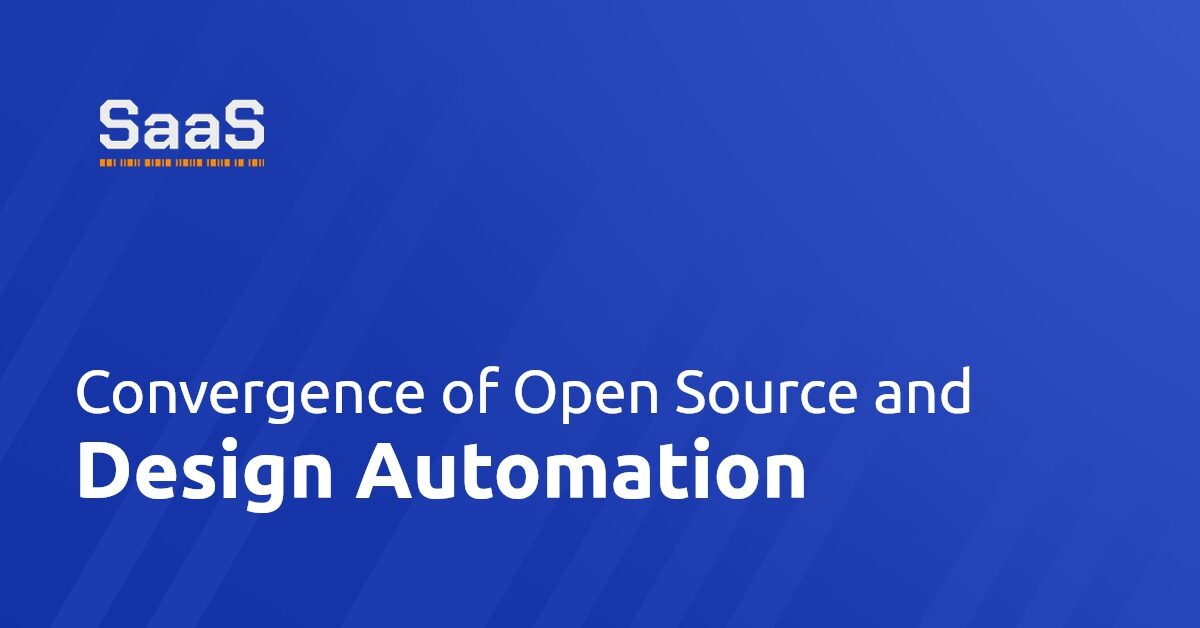What is the Impact of Open Source in Design Automation?
Design automation, a field that streamlines and automates design tasks, has been significantly impacted by the open-source movement. Open-source software fosters an environment of collectivism and innovation, releasing the proprietary shackles that often hinder technological advancement.
Traditionally, design automation tools were costly and inaccessible to many businesses. Open-source alternatives have transformed this arena, making tools more affordable and available. The democratization of access leads to a rise in new entrants, directly impacting the pace of innovation and competition in the industry.
Moreover, the open-source approach provides opportunities for businesses to customize tools, meeting specific needs that proprietary software wouldn't address. The philosophy of knowledge sharing encourages new ideas and design paradigms, disrupting the status quo and accelerating industry advancement.
How Does Open Source Foster Innovation in Design Automation?
Open source principles encourage developers to share, modify, and even improve software code, leading directly to innovation. Collaborative problem-solving allows unique perspectives to converge into a single software solution, enhancing its overall effectiveness and usability.
This transparency not only exposes any bugs or issues quicker but also triggers a shared learning environment amongst developers. The collective knowledge and the constant pursuit of improvement enable the development of robust design automation solutions.
Furthermore, open source platforms tend to be more flexible, enabling users to tailor tools to their specific needs. This customizability stimulates new technological advancements and ideas within design automation, further driving innovation.
Challenges and Opportunities in Open Source Design Automation.
Despite its considerable potential, open-source design automation is not without challenges. One main concern that crops up frequently is security. The transparency that aids innovation can also make systems vulnerable to hacking attempts.
Yet, it is the same visibility that is often the solution to these problems. With a large community of developers continuously scrutinizing and improving code, security flaws can be identified and addressed promptly.
Another challenge is the scarcity of support and documentation compared to proprietary software. However, these are minor issues in light of the many benefits and opportunities presented by open source design automation.
Why Should Design Automation Embrace Open Source?
The capabilities of open-source software are proving to be invaluable to design automation. These tools offer unparalleled flexibility, affordability, and adaptability. By embracing open-source principles, developers can cooperate and collaborate on an international scale – fostering a global innovation network.
Open source design automation provides businesses with a functional and cost-effective alternative to traditional proprietary tools. It has the potential to disrupt monopolies, driving a fairer, more innovative industry.
Perhaps most importantly, open source encourages a culture of transparency and shared learning, significantly impacting the pace of technology and development within design automation. For these reasons and more, design automation should seize the opportunity and fully embrace the power of open source.







